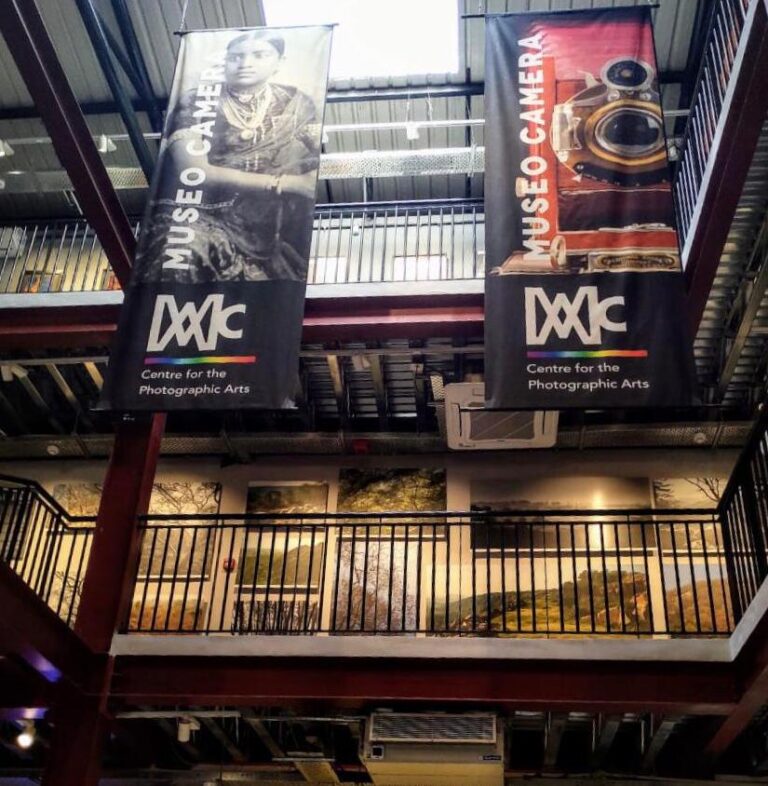Image Source : Museo Camera: Gurugram

Museums around the globe have evolved over the time in the sense that the way in which they are portrayed and interpreted has changed considerably. The same can be said about Indian museums. There has been a significant shift in the paradigm of Indian museums, a journey from old colonial museums to the new age modern ones. Like the various other bodies of state, the state museums of India had long been under the umbrella of a colonial style display wherein the Indian culture and society was portrayed as static and backwards. This aspect immensely affected the displays and exhibitions that were fundamentally indecisive.
In the past few decades, according to the surveys, there has been a rapid rise in emergence of private museums and art galleries in the country. The museum mindedness has led the people to embrace their heritage as something holding national importance which goes beyond their ancestral possession. These private museums have moved away from the stereotypes of set outlines for objects to display (for instance, those of archaeo-historical relevance or of aesthetic value) and the display pattern. The Heritage Transport Museum in Gurugram and Sulabh International Museum of Toilets in New Delhi, Museo Camera, Gurugram are few of the many such museums. Their main focus is on the elements that have continued from the past to the present and their further evolution. By doing so, they have created a platform not just for the scholarly audience but also for entertainment enthusiasts who can gain knowledge through means of leisure. These new endeavors have led them to be innovative in ways which will attract the masses.
A part of this new museum theory can be seen in the recently opened state-of-the-art Bihar Museum in Patna. The museum campus comprises of galleries which showcase the lost glory of Bihar’s art and craft of Sujani embroidery and Madhubani art, sculptural marvels from the past, stories depicting amalgamation of Jainism and Buddhism, and the rise and fall of a number of dynasties. The campus is also home to an amphitheater, art auditorium, souvenir shops and a café dedicated to delicacies of Bihar. In addition, the museum consists of a Children’s museum that takes the young minds on a journey to the past through interactive methodologies and technology. With collaboration with the Japanese industries, Bihar museum has achieved success in emerging as a new modern museum.
The Calico Textile Museum in Ahmedabad is another remarkable example. It invites thousands of visitors from around the world to witness the expertise of weavers, different costumes and attires from around the country under one roof. With a typical Gujarati Haveli style of architecture, the museum is spread over a huge open area that provides a serene environment for its visitors. This placid environment makes it comfortable for the visitors to grasp on the rich information the place has to offer and to enjoy it with a relaxed mind-set. The museum is an inspiration for fashion designers for understanding the transitional phase of fashion and textile. Museums like these have opened up the minds of people to relish their learning experiences.
Both the museums, with one in a state otherwise considered regressive, have set a bar, strikingly high, for museums around the country. One of these museums has chosen modern architecture and a display technique to engage their audience while the other has chosen non-conventional approach of displaying the craft through the items on display. Despite being different from each other, what is common in them is their objective to enhance visitor experience and engage them through experience-based display.
These are just a few examples where impact assessment techniques for museums have instilled effective growth. The grim situation of Indian Museums can be considered to have paved a way for the said paradigm shift. The creative eye barely finds any limitations for museum growth and with such help, soon enough, Indian Museums will have a greater charismatic appeal.